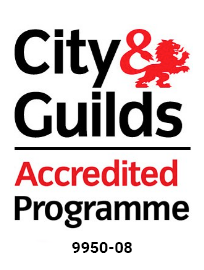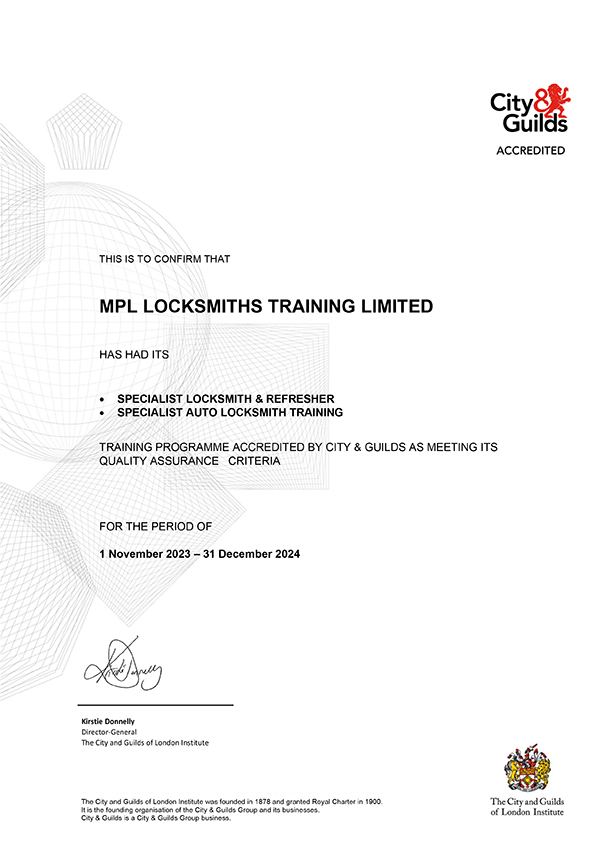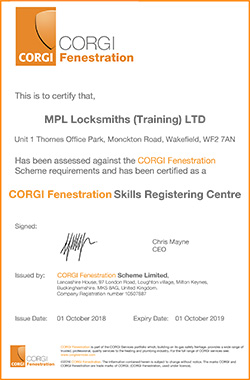Have you felt a draught coming through your front door? Perhaps the door isn’t sitting correctly, it’s scuffing the floor, or worse – its not locking at all. And if that applies to your front door, then you’ve got a serious problem that needs to be addressed.
In today’s article, we’re going to take a look at how to adjust a uPVC Door. These adjustments can be complicated tasks, so let’s focus on the high-level details of how to get it done. When you take part in one of our MPL Locksmith Training courses, however, you’ll learn everything there is to know about uPVC doors and how to adjust them in moments.
What Are uPVC Doors?
Let’s start at the very beginning: what are uPVC doors? uPVC stands for unplasticised polyvinyl chloride. It’s a tough plastic material that hasn’t been combined with any additives during manufacture.
uPVC doors are extremely popular doors throughout the United Kingdom as they make for secure, robust, and budget-friendly front doors. Although they won’t last as long as composite doors (or keep your home as warm), they’re still fantastic value-for-money front doors.
Why Might They Need Adjustment?
Unfortunately, sometimes, you get what you pay for. This doesn’t mean that uPVC doors are low-quality, it’s just that they may require slightly more maintenance than more expensive doors.
Over time, uPVC doors may lose their alignment within the door frame and need to be adjusted. Unusual and irritating sounds and scuffs probably mean that the door is out of alignment, and if the lock has stopped working, then immediate action needs to be taken.
There could also be natural wear-and-tear to your door, or it could have been installed incorrectly to begin with.
Before You Begin
Don’t just get the toolbox and start attacking your door. First of all, check the manufacturer’s warranty on your door – is it still valid? If so, then any work that you attempt on your door could invalidate that guarantee.
Once you’re sure that you won’t be voiding a guarantee, try and figure out the issue before you begin. There’s nothing worse than dismantling a door and realising that you’ve misdiagnosed the issue.
The most common reason to adjust a uPVC door is a misalignment of the door within its frame. But in order to resolve that, you might need to adjust the door’s compression, the door’s frame, the door’s lock, or even the door’s hinges. If you’re really unlucky, then your door could be warped, and the only realistic solution is a replacement.
As we said, we’ll keep this guide high level to avoid any confusion.
How Are They Adjusted?
First up, check the alignment of your door. Are the corners of the door and the door frame all aligned? Is the door level? If you’re not sure, stick a spirit level on top of the door and see how it reads.
The gaps between the door and the door frame should be consistent everywhere you look. If they’re not, then you need to do some adjusting.
The Door Lock
Begin with the door lock. If it’s failing to correctly meet the frame, then your door lock may need to be tightened. Remove the plastic cover on the main hinge area of the lock and turn an Allen key until you see the door pulling back toward the hinge.
Do the same with the middle hinge and align the lock correctly. Double-check that the door still opens and closes, and that the locking mechanism works.
The Door Hinges
If that hasn’t resolved the issue, then there could be an issue with the door hinges instead. There are a few different types of uPVC door hinges, namely flag hinges, T hinges, and butt hinges, and they’re all adjusted differently.
As a rule of thumb, the screw at the top of the hinge will adjust the compression, and the screw at the bottom will adjust the height. There could also be a pin in the centre face that you could adjust. Try each adjustment and see if that helps to re-align your door within the frame.
Clean the Door Frame
Alternatively, there could just be a build-up of dirt within the door frame itself. There are two drainage areas at the bottom of the door frame, and if these are blocked, they’ll need to be emptied. Otherwise, the rubber seals that run along the edges of your door frame could be old and worn – consider replacing them before you commit to replacing the entire door.
You could also attempt to tighten the seal on your door (to reduce draughts) or adjust the latching of the door (to reduce the gap between door and frame).
uPVC Doors and MPL Locksmith Training Courses
But if none of these solutions work, then a full repair is likely to require the assistance of a professional locksmith.
As you can see, there are plenty of ways that uPVC doors require adjustment. After attending one of our courses, our newly-trained locksmiths have all the tools and knowledge they need to tackle the majority of uPVC door issues.
Our 1 Day uPVC Repair Course is perfect for experienced locksmiths looking to brush up on their skills. Find out everything you need to know about what the course involves online, or contact our team to find out how we can get you signed up.











